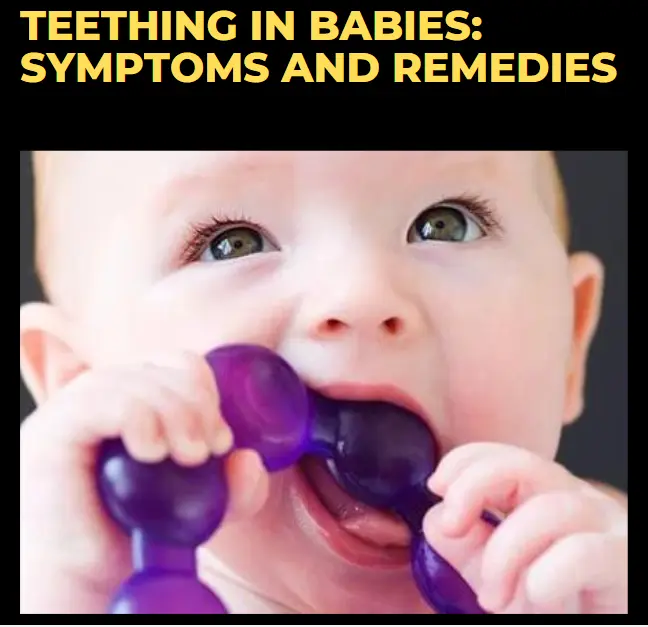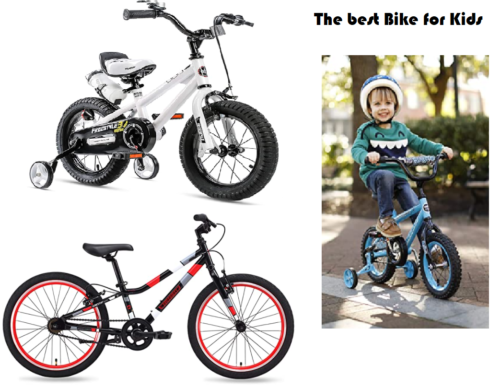Kids sure grow up so fast. The ageing process can sometimes feel like it’s going quicker than anticipated, but a child would develop most of its features in probably a year or two. The teething in babies or teething process is on the long list of those features that come faster than expected.
Teething is the process when a baby’s teeth start to come through their gum line. Teething in a baby usually occurs between a child’s 4th or 6th month. However, if it does not come during this span, do not worry; some exceptions are prone to start much later. Each child is unique in its traits, aspects and even growth; thus, the teething process can begin much quicker and much later for each child.
Symptoms of Teething in babies
You can identify the process of teething in a child through several indicators. If your child starts drooling continuously, that is a sign of teething, and you should also make sure to scrub them clean as the drool can cause an infection. If your child throws tantrums every so often or generally starts being fussy, that is also a sign of teething.
A shift in their eating and sleeping patterns and frequently bringing their hands to their mouths whilst also gnawing on hard things are also a sign of teething. The most apparent sign can be seen directly on their gums as they appear swollen. And a less obvious sign would be an increase in their body temperature.
Teething is a safe process and is not prone to make children sick. However, their actions during the process can certainly make them sick. If your child starts exhibiting severe symptoms such as vomiting, diarrhoea, rashes, high fever or coughing, it is essential to contact a medical professional.
If your baby’s gums are bleeding or you find pus and swelling on their face, contact a paediatrician immediately!
Teething Process
Each child they have a unique teething process. Usually, the two lower teeth come first, followed by the opposite top teeth. However, most children in the same family tend to have similar methods of teething.
In addition, the two on either side of the mouth also spurt. The teeth are then followed by two on the bottom front. After which the first molars appear. The teeth in front of the first molars come next, and the back molars are usually the last ones.
All in all, your baby should have about 20 teeth (baby teeth) in place before age 3.
Remedies for Teething in babies
Although the process itself is unavoidable, you can help provide relief to your baby through some easy remedies. Cold pacifiers, a cold spoon or a solid refrigerated teething toy, are the best options for teething babies.
Some experts have argued that the cold temperature may do more harm than good; thus, the toys above mustn’t be very cold. To avoid nasty infections, it is necessary to frequently clean teething toys and other items that the baby uses.
A complex, unsweetened teething cracker is another tried and proper method for teething relief. Additionally, if your baby is 7 to 10 months old, you can offer them some cool water from a cup.
Lastly, you should massage your baby’s gums by gently rubbing them with a priorly cleaned finger. It is essential to let the baby gnaw on your clean finger rather than an item infected with bacteria. Try cooling your finger by dipping it in cold water and then gently massaging your baby’s gums before each nursing session.
You should avoid any items that are not specified for teething relief. Mainly if they include: liquids which can tear, breakable materials like plastics which can cause choking if swollen. And lastly, frozen solids which are too complicated for a baby to gnaw on.




Good post.